10.5: Procedure - More practice!
- Page ID
- 50082
-
We will work in small teams today.
-
Every team should (1) choose 7 different plastic dinosaur plastic toys, (2) assign a name for each, (3) make character table, (4) make initial tree, (5) label apomorphies and reversals (if any); (6) calculate its length, and (7) reorganize the tree to make your phylogeny as parsimonious as possible.
-
To name dinosaurs, use shortcut of their scientific name (e.g., “Drom” for Dromeosauridae). Check the image below. We have:

Figure \(\PageIndex{1}\): Pteranodontidae (dinosaur "bats") 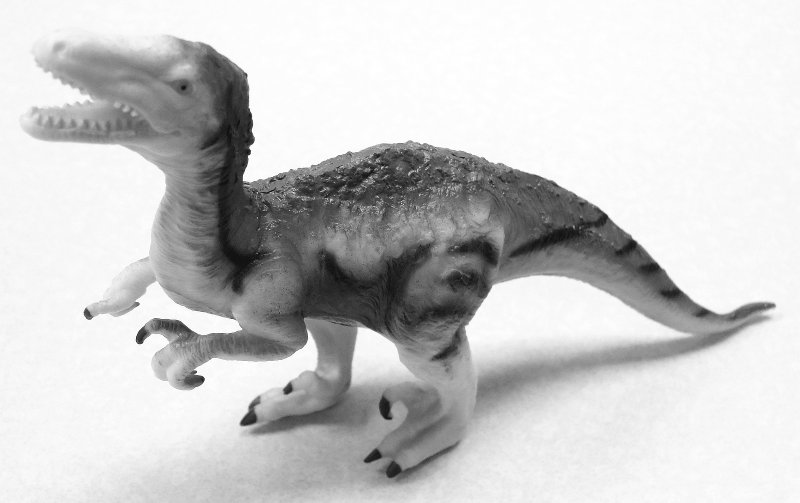
Figure \(\PageIndex{2}\): Dromaeosauridae ("raptors") 
Figure \(\PageIndex{3}\): Tyrannosauridae and relatives 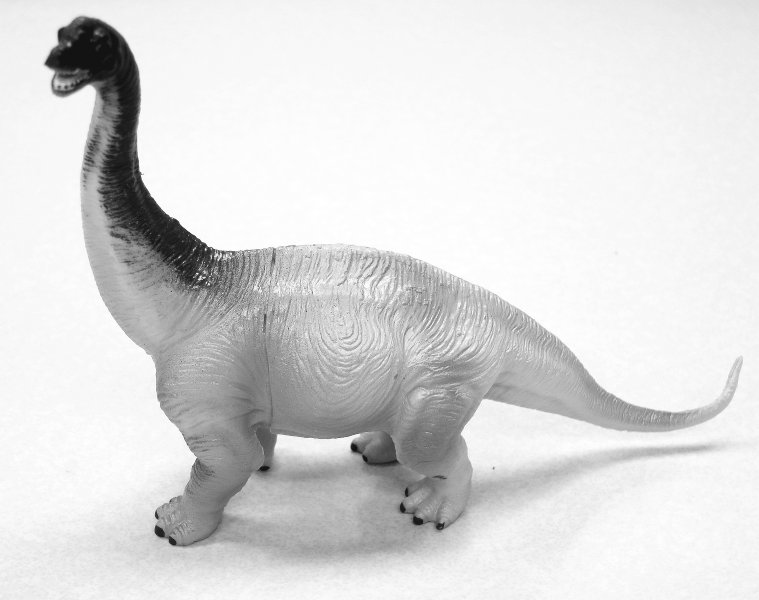
Figure \(\PageIndex{4}\): Diplodocidae ("titans") 
Figure \(\PageIndex{5}\): Hadrosauridae ("duck-billed") 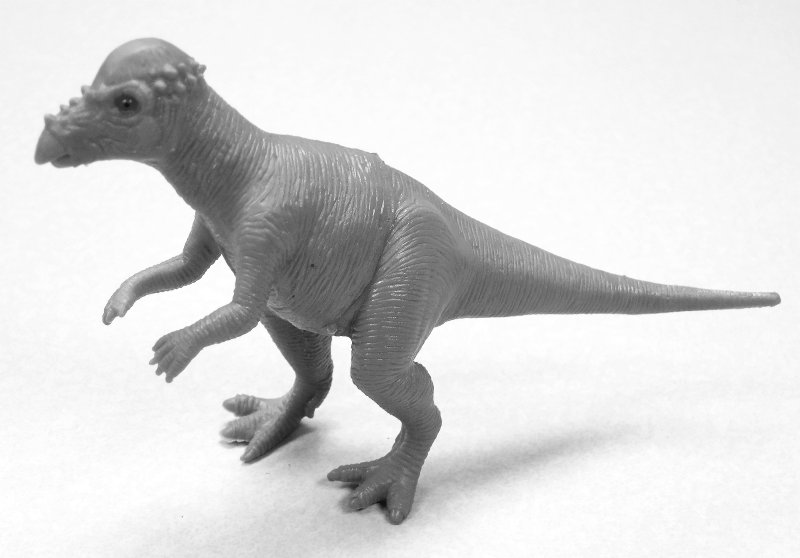
Figure \(\PageIndex{6}\): Pachycephalosauria ("skull-domed") 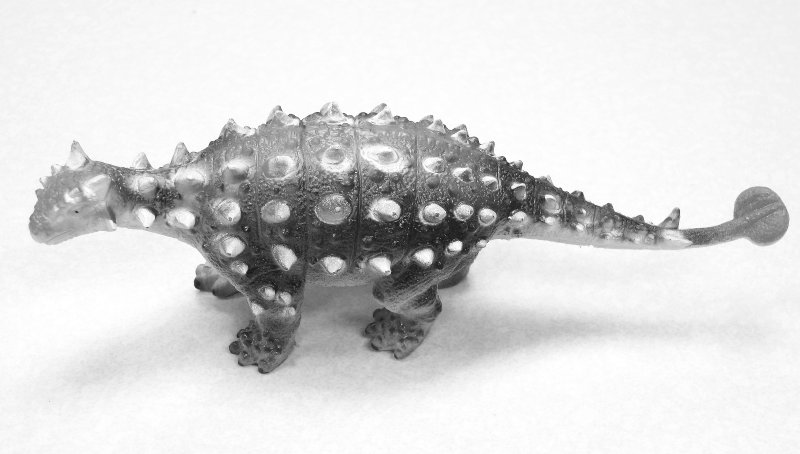
Figure \(\PageIndex{7}\): Ankylosauria ("club-tailed") 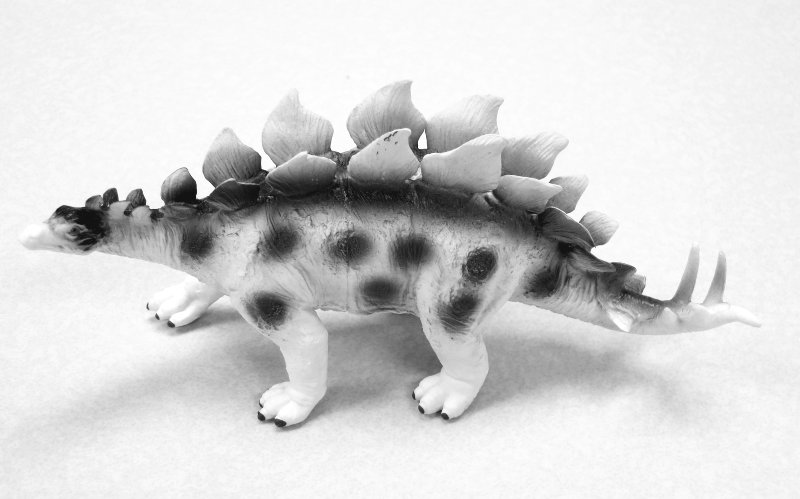
Figure \(\PageIndex{8}\): Stegosauria (with osteoderms) 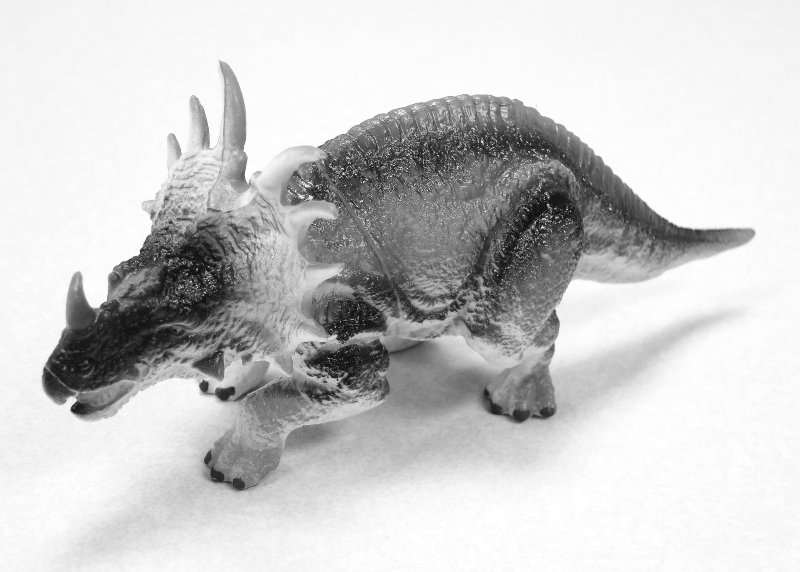
Figure \(\PageIndex{9}\): Ceratopsidae ("frilled") Disclaimer. Not all toys are imaged here. These toys are not supposed to serve as proper reconstructions of dinosaur groups mentioned above.
-
To polarize character states (i.e. decide which of them are plesiomorphic and which are apomorphic), you may use either the outgroup like imaginary “turtle” or “salamander”, they both should work for our dinosaurs today. Alternatively, you can employ comparative and paleontology arguments (developmental arguments are not applicable here.)
You must state clearly which approach you took and why you call some characters apomorphic (derived, “1”) and some plesiomorphic (ancestral, “0”). Avoid terms “advanced” and “primitive”, phylogeny does not work with these!
-


